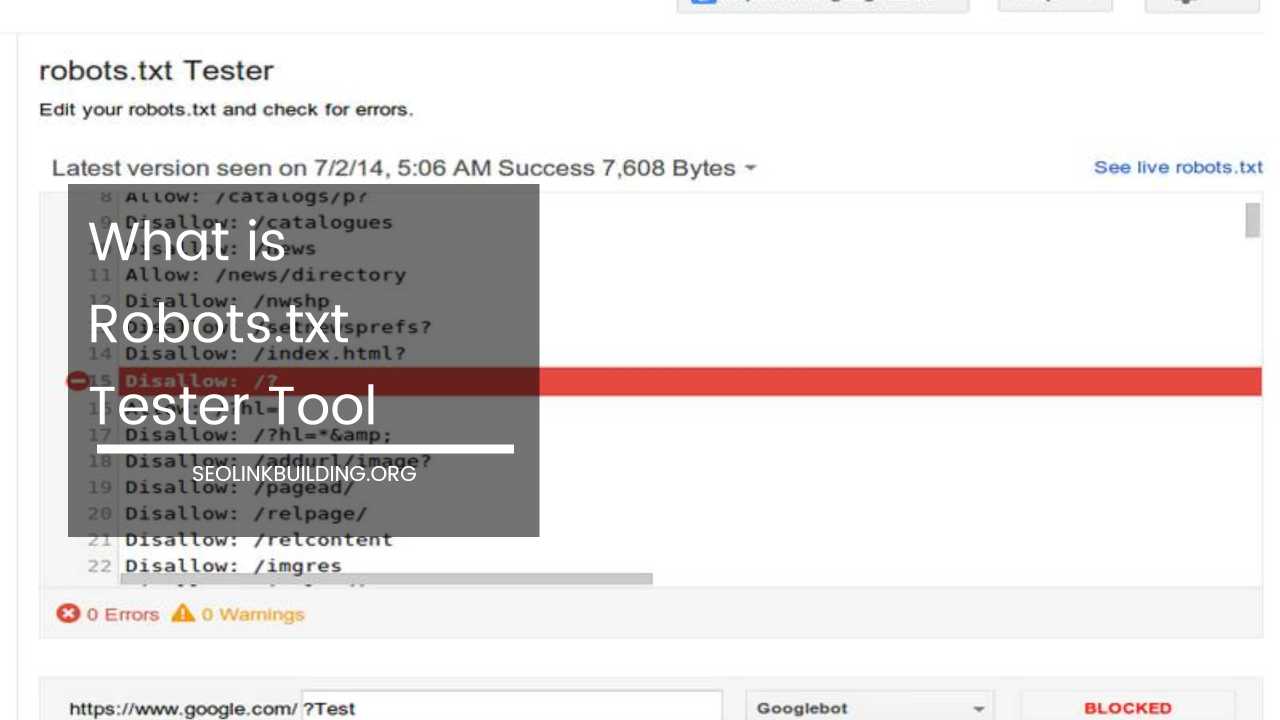Starting an Online Business: A Step-by-Step Guide

Starting an Online Business
Starting an Online Business: Your Guide to E-commerce Success
The allure of being your own boss, setting your hours, and pursuing your passion is a powerful motivator. The internet has made this dream a reality for many, with the rise of e-commerce creating a booming landscape for online businesses. But where do you begin?
This comprehensive guide will equip you with the knowledge and steps needed to launch your online business and navigate the exciting world of e-commerce.
Finding Your Niche: The Seed of Your Success
Every successful business caters to a specific need or market. Your niche is your unique space within the vast e-commerce landscape. Here’s how to identify your niche:
- Interests and Expertise: What are you passionate about? What skills and knowledge do you possess? Leveraging your existing interests and expertise allows you to build a business around something you genuinely enjoy, and where you can credibly establish yourself. Let’s say you’re a passionate baker with a knack for creating unique flavor combinations. You could carve a niche in the market by offering gourmet, handcrafted cookies with exotic ingredients.
- Market Research: Don’t operate in a vacuum. Research existing online businesses and identify gaps in the market. Is there a specific customer need that’s not being fully addressed? Can you offer a unique product or service with a fresh perspective? For instance, research reveals a growing demand for sustainable and eco-friendly products. You could capitalize on this by offering a line of organic, vegan clothing made from recycled materials.
- Competition: While a little competition is healthy, avoid overly saturated niches. Look for niches with a dedicated customer base but room for new players to thrive. Imagine you want to sell handcrafted jewelry. While this niche is vast, targeting a sub-niche like Viking-inspired jewelry or geometric statement pieces can help you stand out.
Validating Your Idea: Making Sure There’s Gold in Them Thar Hills
Having a great idea is just the first step. Before diving headfirst, validate your concept to ensure there’s a viable market for your product or service. Here are some methods:
- Customer Surveys and Feedback: Reach out to potential customers through surveys, social media polls, or targeted online communities. Gauge their interest in your concept, their willingness to pay, and any suggestions they might have. For example, create a Facebook poll asking about interest in a subscription box for organic beauty products.
- Competitor Analysis: Research your competitors thoroughly. Analyze their strengths and weaknesses, pricing strategies, marketing methods, and customer reviews. This allows you to identify opportunities to differentiate your business and avoid replicating their mistakes. Let’s say you’re planning to launch an online fitness coaching service. Researching established competitors will reveal their pricing packages, workout styles, and any areas where you can offer a more personalized or niche-focused approach.
- Pre-sales: Consider pre-selling your product or service through crowdfunding platforms or pre-order options. This gauges customer interest and helps secure early funding. You could launch a Kickstarter campaign for your line of sustainable yoga wear, offering pre-order discounts to generate early sales and validate demand.
Crafting Your Business Plan: The Roadmap to Success
A well-defined business plan serves as your roadmap to success. It outlines your goals, strategies, and financial projections. Here are the key components, along with expanded details for a more comprehensive plan:
- Executive Summary: A concise overview of your business, its mission, target market, and value proposition. Briefly mention your competitive advantage and future goals.
- Market Analysis: A detailed analysis of your target market, its demographics, needs, and buying behavior. Include data on market size, growth potential, and any relevant trends within your niche.
- Products/Services: A clear description of what you’re offering, highlighting its features, benefits, and competitive advantages. Include high-quality product images or detailed descriptions of your service offerings.
- Marketing and Sales Strategy: How will you reach your target market? This section details your marketing channels (social media, email marketing, influencer marketing, etc.), pricing strategy (consider offering tiered pricing or subscription models), and sales funnel (the process of converting website visitors into paying customers).
- Management Team: Briefly introduce the team behind your business, their skills, and experiences. If you’re a solopreneur, highlight your relevant skills and experience. Consider partnering with freelancers or virtual assistants for specific tasks as your business grows.
- Financial Projections: This section forecasts your revenue, expenses, and profitability over a specific timeframe. Include projected sales figures, marketing costs, operational expenses, and your break-even point (the point at which your business becomes profitable). Utilize financial planning tools or templates to create realistic projections.
Building Your Brand: Creating a Lasting Impression
Your brand is your identity in the online marketplace. It encompasses your company’s name, logo, messaging, and overall image. Here’s how to build a strong brand:
- Brand Identity: Develop a unique and memorable brand name and logo that reflects your business’s personality. Consider the emotional associations you want to evoke. For example, a brand selling playful pet accessories might choose a whimsical name and a logo featuring a cartoon animal.
- Brand Messaging: Craft clear and concise messaging that communicates your brand’s value proposition and resonates with your target audience. This messaging should be consistent across all marketing channels. If your brand focuses on ethically sourced clothing, your messaging might emphasize sustainability, fair trade practices, and social responsibility.
- Visual Identity: Maintain consistency in your visual elements across your website, social media platforms, and marketing materials. This includes your logo, color palette, fonts, and imagery. Visual consistency reinforces brand recognition and builds trust with your audience.
Expanding Your Brand Story: Content is King
In today’s digital age, content marketing is king. Valuable and informative content positions you as an expert in your niche and fosters trust with potential customers. Here are some content marketing strategies to consider:
- Blog: Establish a blog on your website and consistently publish informative articles related to your niche. Offer tips, tricks, and insights that educate your audience and showcase your expertise.
- Social Media: Leverage social media platforms like Instagram, Facebook, and Pinterest to connect with your target audience. Share engaging content, such as product photos, customer testimonials, and behind-the-scenes glimpses into your business. Run social media contests and giveaways to boost engagement and brand awareness.
- Email Marketing: Build an email list and send regular newsletters packed with valuable content, exclusive offers, and product updates. Segment your email list to send targeted campaigns that resonate with different audience segments.
- Video Marketing: Create engaging video content, such as product demonstrations, explainer videos, or customer interviews. Videos are highly shareable and can significantly increase brand awareness.
Setting Up Shop: Taking Your Business Online
There are several ways to establish your online presence, depending on your budget and business model. Here are the main options, along with additional considerations for each:
- Ecommerce Platforms: Shopify, BigCommerce, and Wix offer user-friendly platforms with built-in features to manage your online store, inventory, and payments. These platforms are ideal for beginners due to their ease of use and comprehensive functionalities. However, they may have limitations on customization or scalability for complex business models.
- Marketplaces: Platforms like Amazon, Etsy, and eBay allow you to sell your products alongside established retailers. This is a great option for startups to gain exposure and leverage existing customer traffic. However, competition can be fierce on these platforms, and you may have less control over branding and customer experience.
- Your Own Website: For maximum control over branding and customer experience, consider building your own website. This requires more technical expertise but offers greater flexibility. You can choose a website builder like Squarespace or Wix for a user-friendly experience, or hire a web developer for a custom-built solution.
Payment Processing:
Integrating a secure payment processing solution is essential for any online business. Popular options include PayPal, Stripe, and Square. These providers handle secure transactions and ensure a smooth checkout experience for your customers.
Customer Service: Building Trust and Loyalty
Exceptional customer service is paramount for building trust and loyalty with your online audience. Here are some key principles:
- Responsiveness: Respond promptly to customer inquiries and complaints across all channels (email, social media, phone). Aim to resolve issues efficiently and professionally.
- Transparency: Be upfront about product descriptions, shipping times, and return policies.
- Proactive Communication: Keep customers informed about order updates, promotions, and any changes to your business operations.
The Legal Side of Things: Setting Up Your Business for Success
Before launching your online business, ensure you comply with all legal and regulatory requirements. Here are some key considerations:
- Business Structure: Choose the appropriate business structure, such as sole proprietorship, limited liability company (LLC), or corporation. This decision will impact your taxes, liability, and legal formalities.
- Business Permits and Licenses: Research any necessary permits and licenses required to operate your business in your location.
- Taxes: Understand your tax obligations and register for any applicable sales tax or business licenses.
Final Word: Building a Successful Online Business Takes Time and Effort
Launching and growing a successful online business requires dedication, strategic planning, and continuous adaptation. By following the steps outlined in this guide, you’ll be well on your way to establishing a thriving













